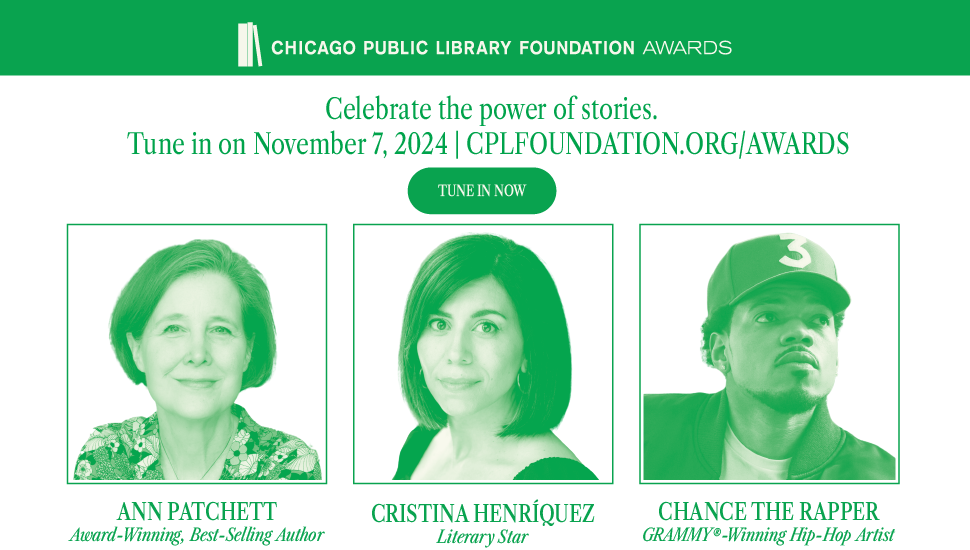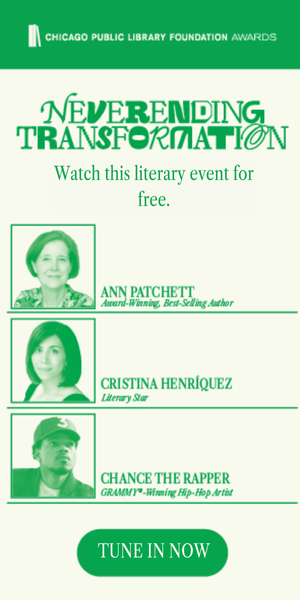
In Defense of “Other Girls” in YA
For those of you that aren’t familiar with it, the “Other Girls” trope is something that can be found in many, many books. Sometimes conflated with the “Special Snowflake” trope, it’s the idea that the heroine of the story is “not like other girls,” because she’s somehow better than them. This, of course, could mean several, rather damaging, things. It could mean something as small as the fact that the heroine doesn’t need/want to wear makeup (“other girls” need to look pretty, she’s “naturally so”). The heroine is also often compared to “other girls” in terms of the activities they choose to do — she prefers to sit at home and devour books, while “other girls” enjoy going shopping (because who would be interested in “trivial” things like “other girls”?) Not only is this breaking down between “heroines” and “other girls” incredibly skewed, it can also be incredibly damaging to women readers and their perceptions of themselves, because of what is deemed acceptable and what isn’t. After all, who doesn’t want to be the heroine in their story, versus the “other girl”?
It’s possible that the “other girls” trope has been around for ages and ages, but I first became aware of it during the years I was a Twilight fan. A best friend, who had been reading the books for the first time during our first year of college, pointed it out to me. Isn’t it weird, she asked me, the way Bella treats the other kids in her high school? Like she has barely contained her tolerance for their trivialness? It’s weird, she said to me, because it’s not like there’s anything wrong with being worried about what to wear to a dance, or wanting a boy to ask you, when you’re in high school. Or even now. Once I saw it, I couldn’t un-see it. It was very strange, the way Bella’s “specialness” was underscored by the seemingly banal hopes, desires, and actions of her fellow classmates.
Then, I started seeing it in other books I was reading, too. I saw how often the girls who valued clothes, makeup, money, popularity, or some combination therein were somehow made out to be “less than” the girls who were “too busy,” “too intellectual,” or “too special” to pay attention to such things. And the more I saw it, the more it annoyed me. I found myself thinking more and more, what about girls like Buffy, from Buffy the Vampire Slayer? Buffy, who studied for the SATs while in the midst of slaying vampires in a graveyard, who also unashamedly moaned when her nail broke during another slaying, who also fought with her mentor and insisted on having one night off from saving the world to dress up and go on a date. If there was one thing Joss Whedon did very well in these stories, it was to encompass many facets of girlhood and womanhood within his female characters.
We need more of these characters in our books, too.
We need characters like Carmel from Kendare Blake’s Anna Dressed in Blood duology — a no-nonsense, high-achieving, powerful high school Queen Bee who is also loyal and committed to helping her new friend kill ghosts. We need characters like Emmy and her friend Caro from Emmy and Oliver, by Robin Benway, who baldly call out the “other girls” trope when a boy tries to use it to compliment them. Books should have girls like Lara Jean Song from the To All the Boys I’ve Ever Loved Before series by Jenny Han, in which Lara Jean works through every-day family relationships and heartache. We also need girls like Leda in Katherine McGee’s The Thousandth Floor — dark and desperate for popularity. Or, more recently, girls like Starr from Angie Thomas’s The Hate U Give, who deals with shifting worlds in the aftermath of an event that shook everything.
Let’s be clear, however. In no way are these characters I just named somehow “better” or more deserving than the girls who lead the resistance and topple dictatorial regimes, or the girls who spend every spare minute reading, or who learn to fight physically and have the special power to throw lightning from their hands. One is not better than the other. Honestly, it’s a plea. An ask of authors and readers: don’t dismiss a girl because she loves makeup, because she cares about being popular in school and works at it, because she wants to go to the school dance with a cute boy. Just like we shouldn’t roll our eyes at the girls who pick up the bow and arrow to become the face of the revolution, let’s not dismiss the girls whose revolutions are quieter, more close to home, but are no less astounding.
After all. Doesn’t everyone deserves to be the heroine of their own story?










